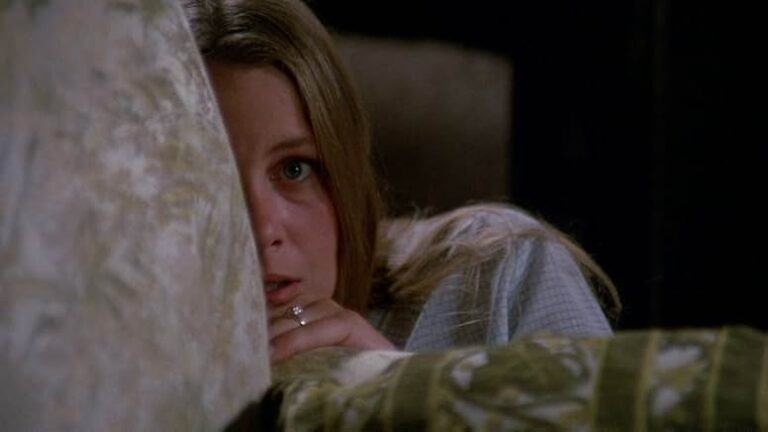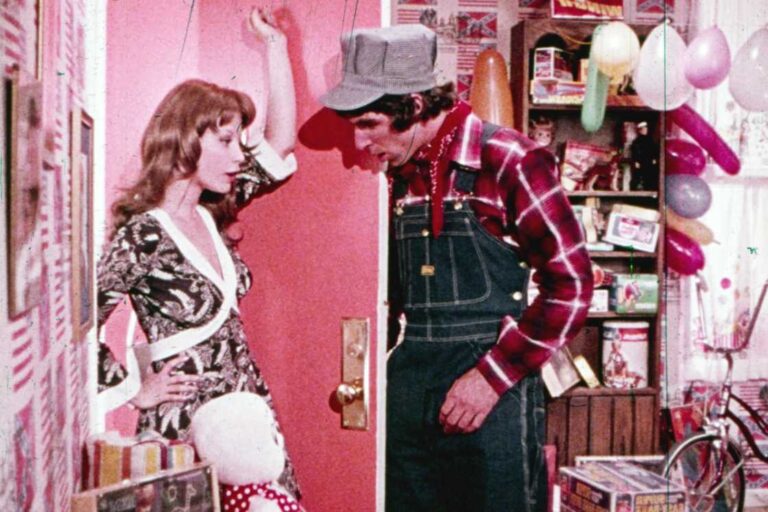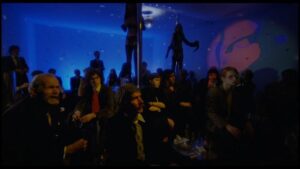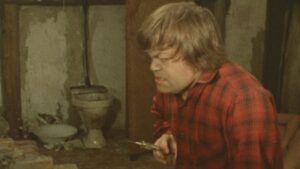Directed by Riccardo Freda
Written by Sandro Continenza and Riccardo Freda
Starring:
- Luigi Pistilli as Detective John Norton
- Dagmar Lassander as Helen Sobiesky
- Anton Diffring as Ambassador Sobiesky
- Arthur O’Sullivan as Inspector Lawrence
- Werner Pochath as Marc Sobiesky
- Dominique Boschero as the Ambassador’s mistress
- Renato Romano as Mandel
Rating: ![]()
Hinting at perversity but not embracing it is tantamount to not believing in what is being filmed. At least that’s how I see it. And the first attempt at giallo filmmaking by refined genre director Riccardo Freda fails in precisely that by being more verbiage than set pieces, more theoretical than practical, too tame for such sordid antics.
As bare-bones as it can get, the sordid events commence with a grisly homicide committed by a razor-wielding, black-gloved killer. The victim’s corpse is later found inside the car of the Swiss ambassador Sobiesky (Anton Diffring). This only complicates the puzzle of the police investigation for Detective Norton (Luigi Pistilli), who uncovers the philandering lifestyle of the sly ambassador and a story of lust, envy and discomfiture within the Sobiesky household. Set in Dublin and shot with a gritty sense of locality and suburban atmospherics, made right during the gialli craze following Argento’s feature debut; in essence it has the baroque cinematic flair that renders the gialli the ultimate milieu for indulging in audio-visual excess and not feeling guilty about it. Yet I strongly suspect that what we get to experience here is more narrative redundancy than audiovisual excesses – which are not the same thing. The former is unnecessary glut, the latter is a must, giallo-wise. It plays like a sort of bureaucratic storytelling where we deal with the less exciting and more cumbersome matters of a sleuthing procedural.
If nothing else, Luigi Pistilli is a solid lead within a not-so-solid yarn fleshed out with very Byzantine methods; this helps enormously to ensure that the film is not altogether a time-waster. Even though moments of sporadic viciousness pop up when you least expect them, the reverberations are more fickle than emotional. The film grapples with the quandary of either being vague but highbrow or being incoherent but instinctual. I mean, I think there’s no denying that the gialli are more visceral incoherence than cerebral ramblings. Freda’s giallo is a fine canvas for portraying human vice in stalk-and-slash fashion – and it has one of the genre’s strongest and most memorable titles – yet it’s a dreadful, dull execution to pull off a whodunnit tale with those trappings. Just plain infuriating.









